One year ago, a record 54 teams launched their quest to compete in the final round of Harvard Law School’s Ames Moot Court competition, one of the most prestigious competitions for appellate brief writing and advocacy in the country.
Through qualifying rounds in the fall and semi-final rounds in the spring, two teams — the Patsy Takemoto Mink Memorial Team and the Judge Laurence H. Silberman Team — emerged victorious to face off in the historic Ames Courtroom on Nov. 15.
Presiding over the proceedings were the Honorable Sonia Sotomayor, associate justice of the United States Supreme Court. She was joined on the bench by Goodwin Liu, associate justice of the Supreme Court of California, and Rachel Kovner, judge of the United States District Court for the Eastern District of New York.
The two teams grappled with thorny jurisdictional, statutory, and constitutional questions in the fictitious case, United States Occupational Safety and Health Administration, et al. (OSHA) v. Federici Contracting, LLC., written by Joseph Posimato ’17, an associate at Elias Law Group, and William V. Bergstrom ’17, an associate at Cooper & Kirk.
The Patsy Takemoto Mink Memorial Team — and team members Derek Choi, Kunal Dixit, Phoebe Kotlikoff, Yusuke Tsuzuki, and oralists Daniel Flesch and Monica Wang — represented the petitioner, the United States Occupational Safety and Health Administration (OSHA). The Judge Laurence H. Silberman Team —with members Jessica Flores, Eric Bush, Max Alvarez, Brandon Sharp, and oralists Hayley Isenberg and Richard Dunn — represented the respondent, Federici Contracting.
Meet the Teams
The Patsy Takemoto Mink Memorial Team (Petitioner)
Team members Daniel Flesch (oralist), Derek Choi, Kunal Dixit, Phoebe Kotlikoff, Monica Wang (oralist), and Yusuke Tsuzuki served as counsel for the petitioner in this year’s competition.
The Judge Laurence H. Silberman Team (Respondent)
Team members Jessica Flores, Eric Bush, Hayley Isenberg (oralist), Richard Dunn (oralist), Max Alvarez and Brandon Sharp served as counsel for the respondent in this year’s competition.
By the night’s end, after intense questioning and much deliberation, the three judges announced that the Silberman Team won Best Team and the Patsy Takemoto Mink Memorial Team won Best Brief. The judges also awarded Richard Dunn, of the Silberman Team, Best Oralist.

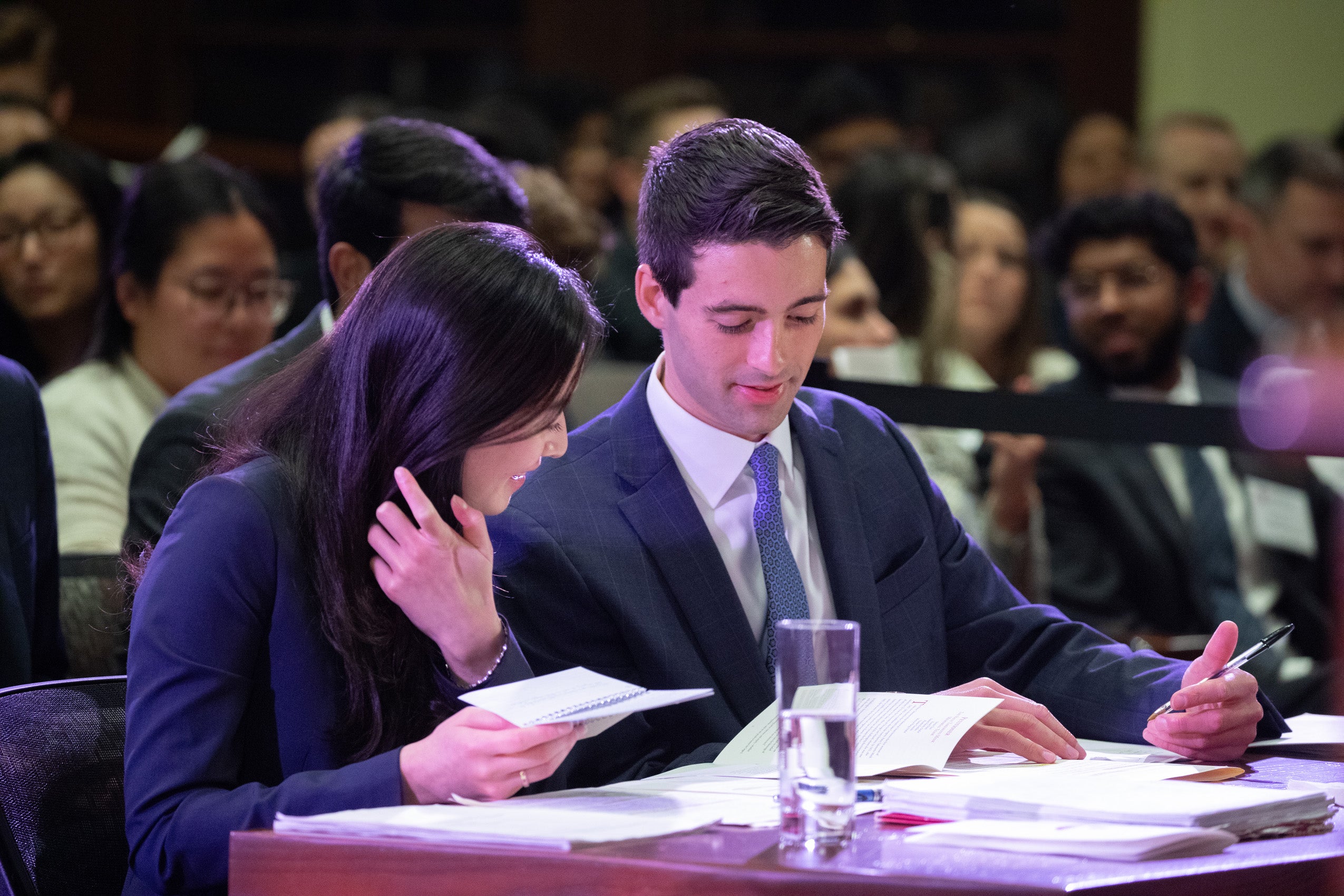
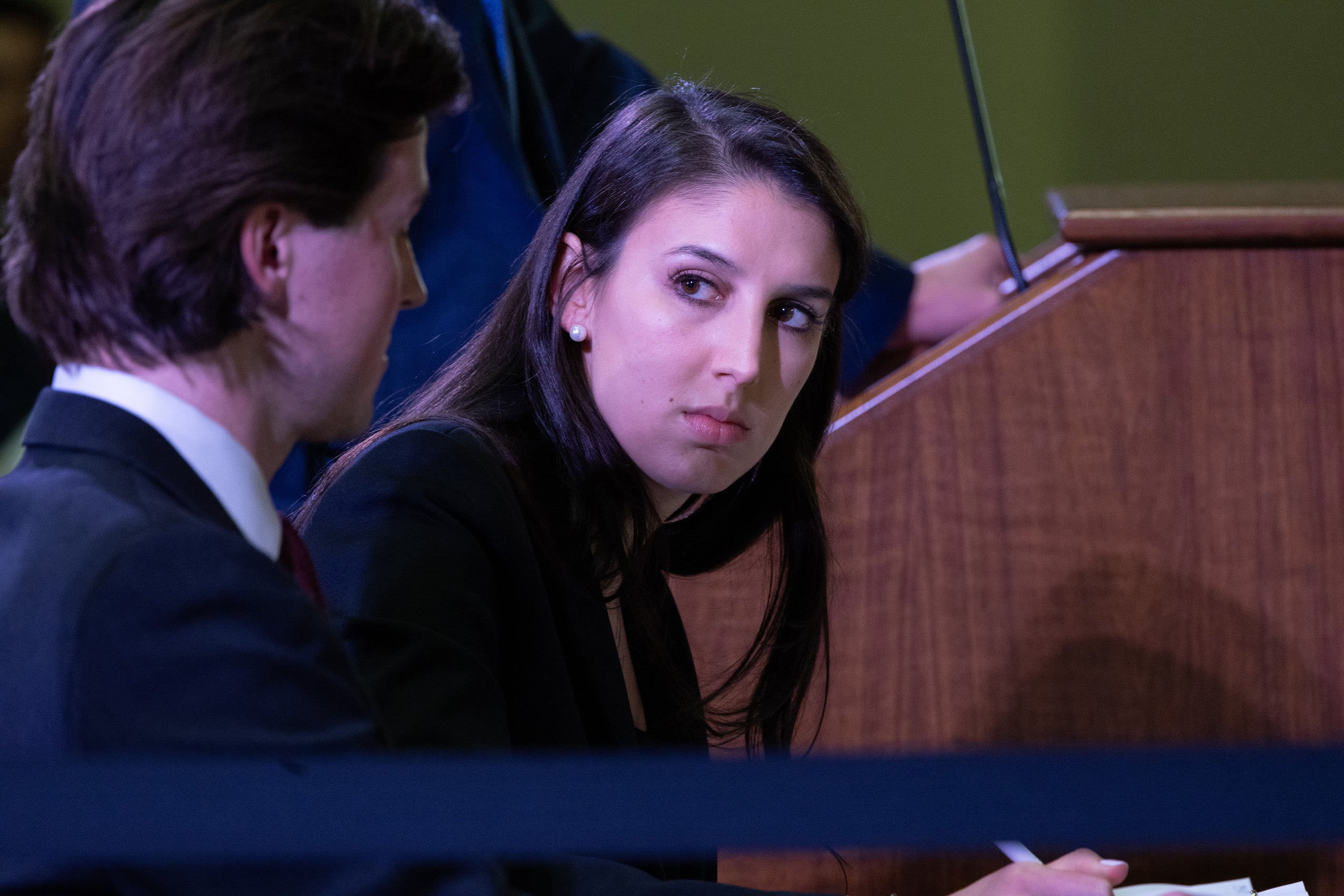
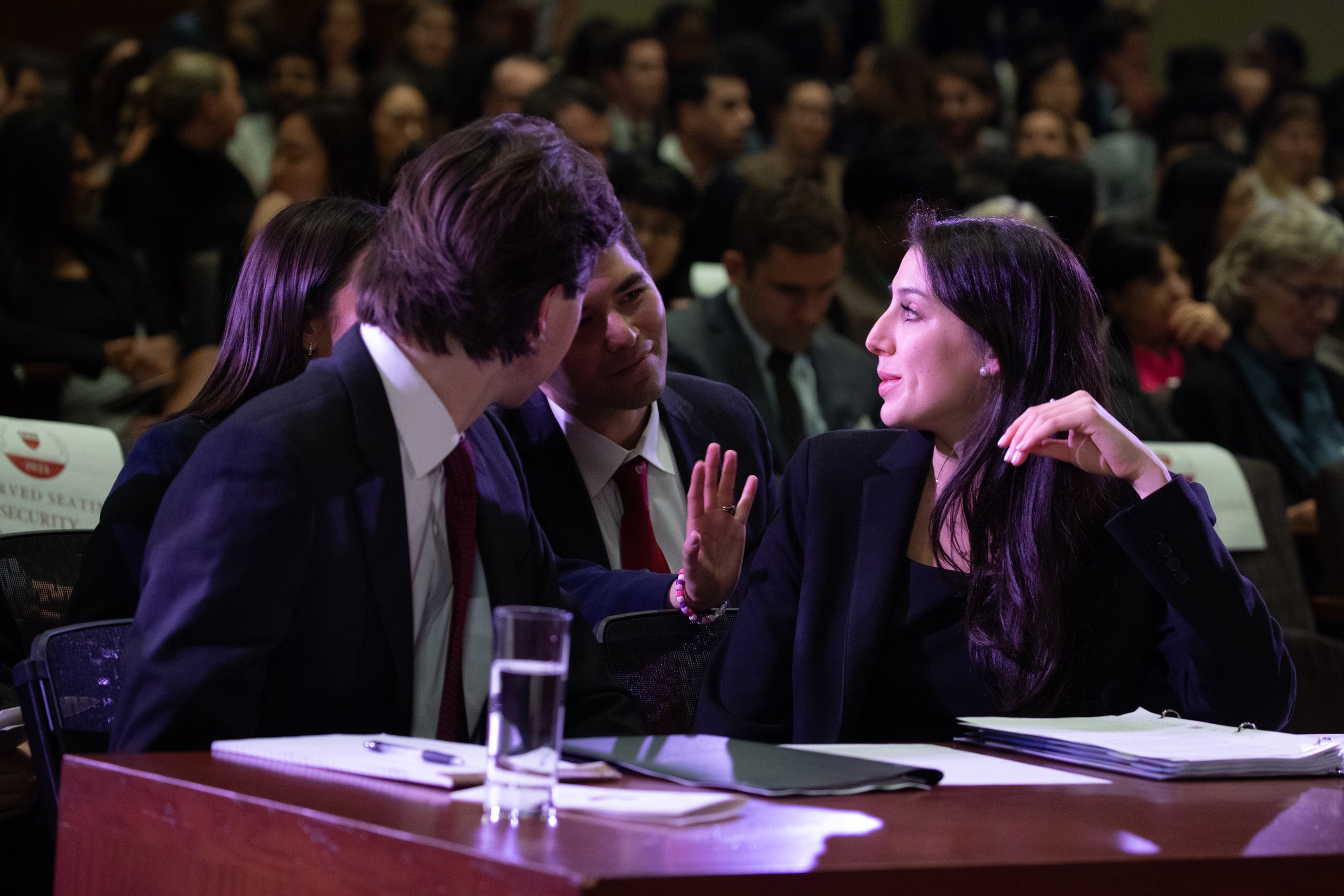
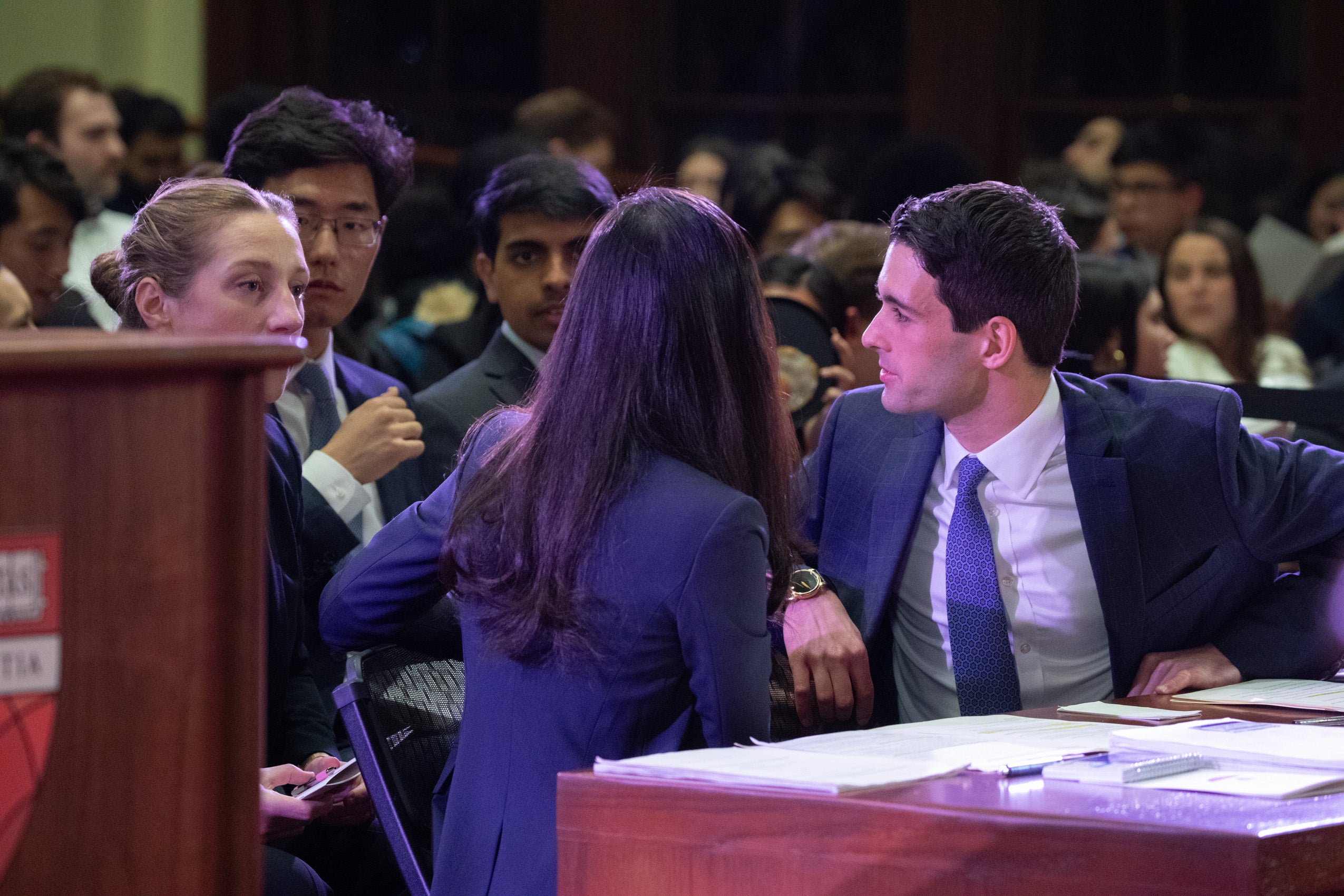

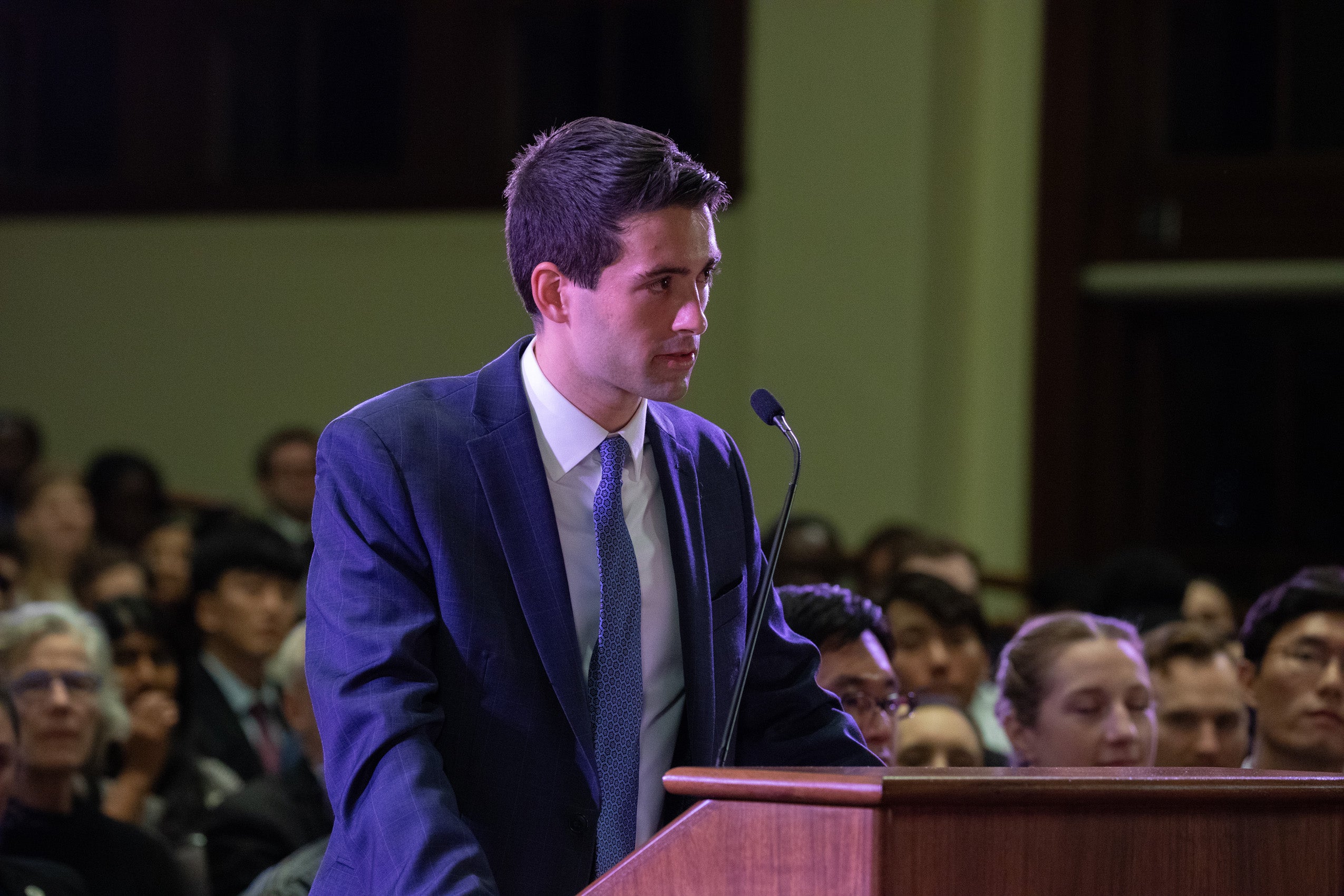


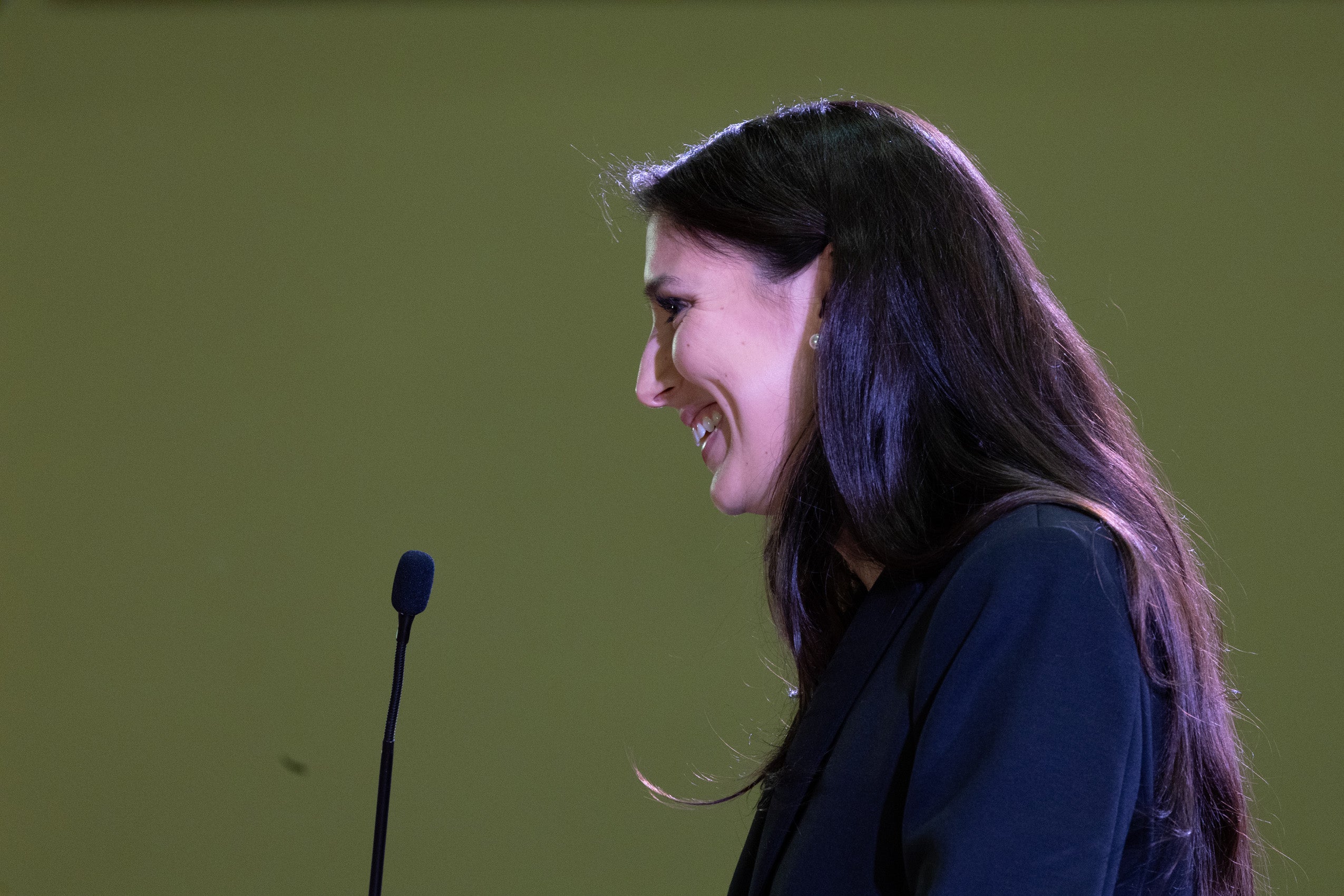


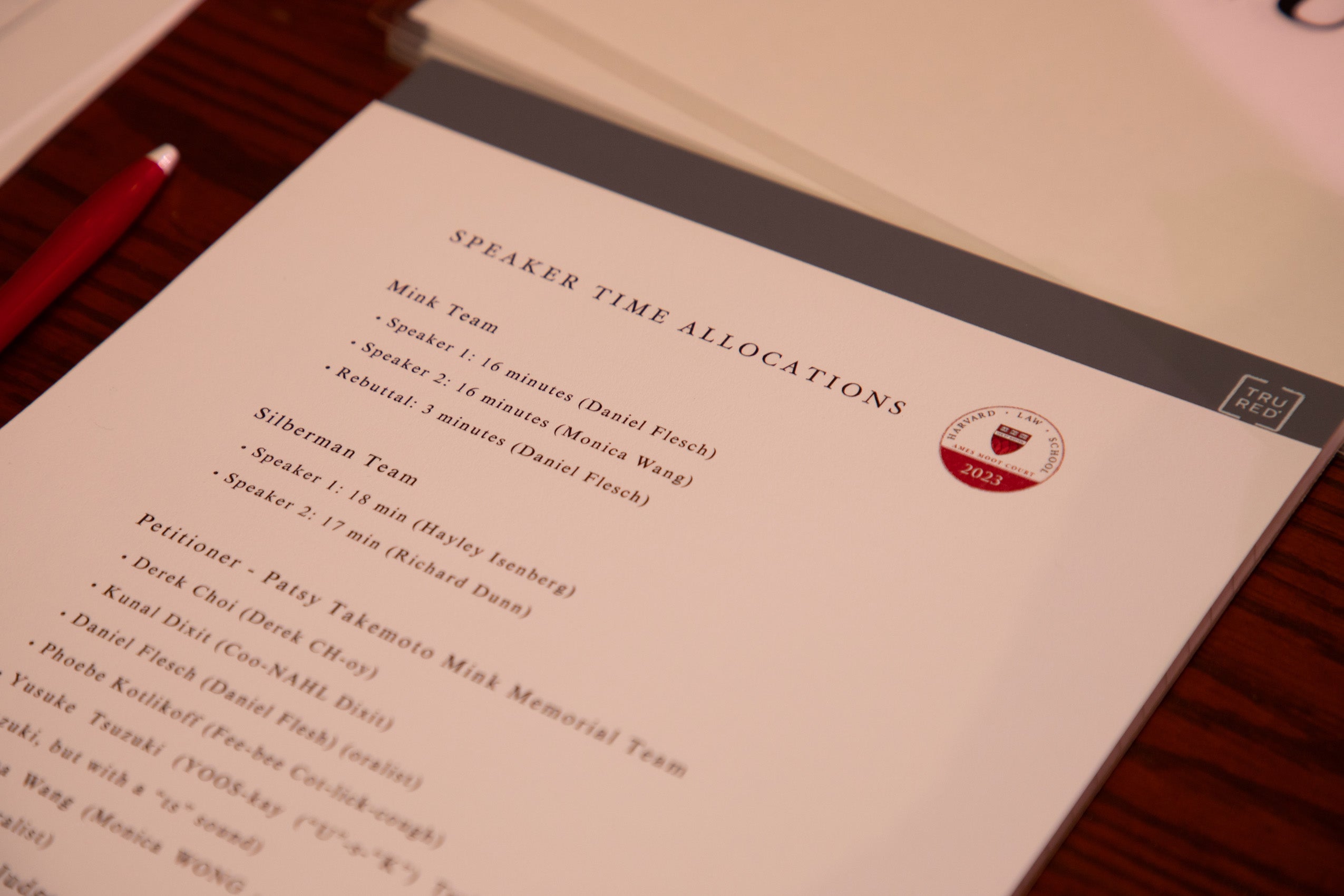


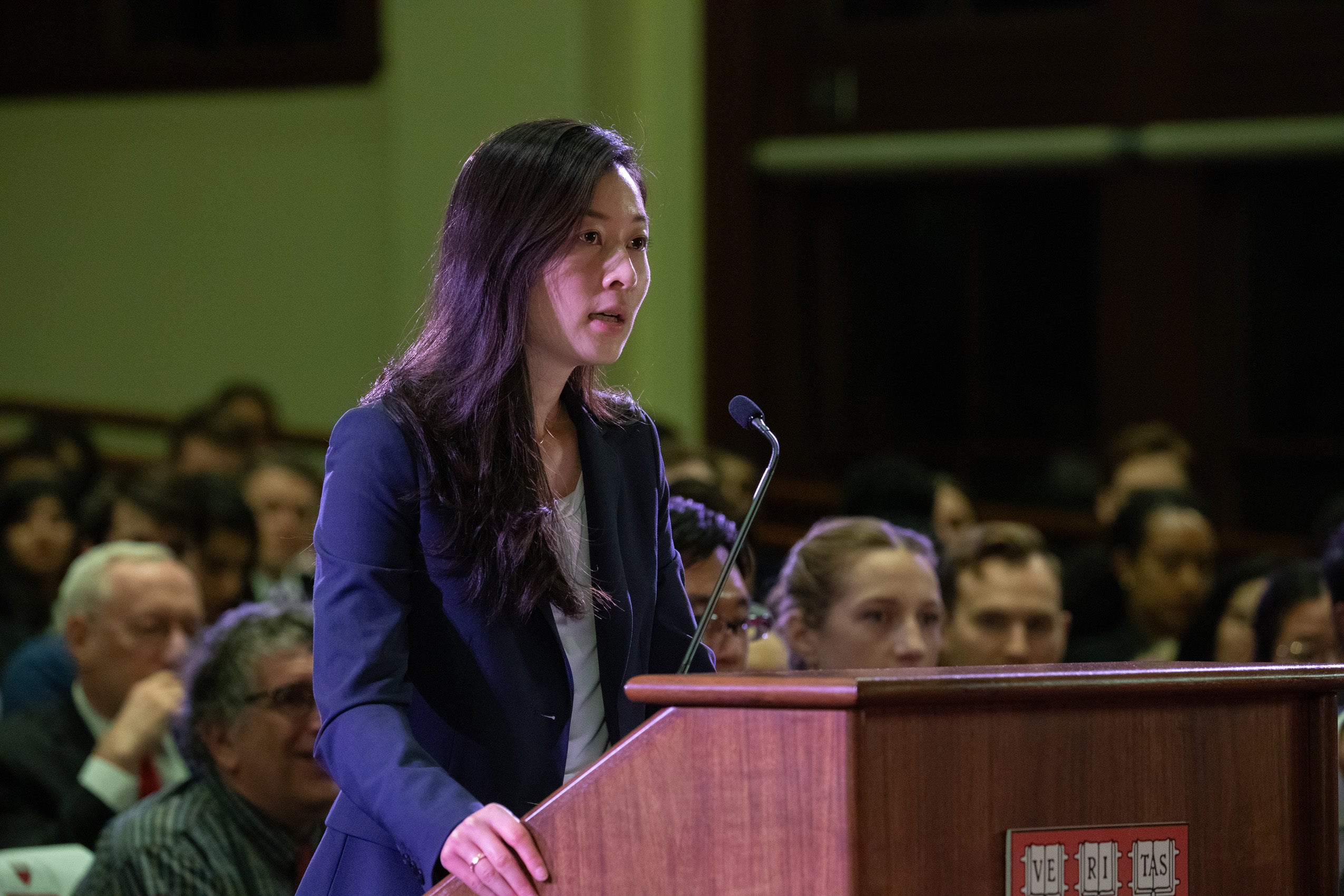
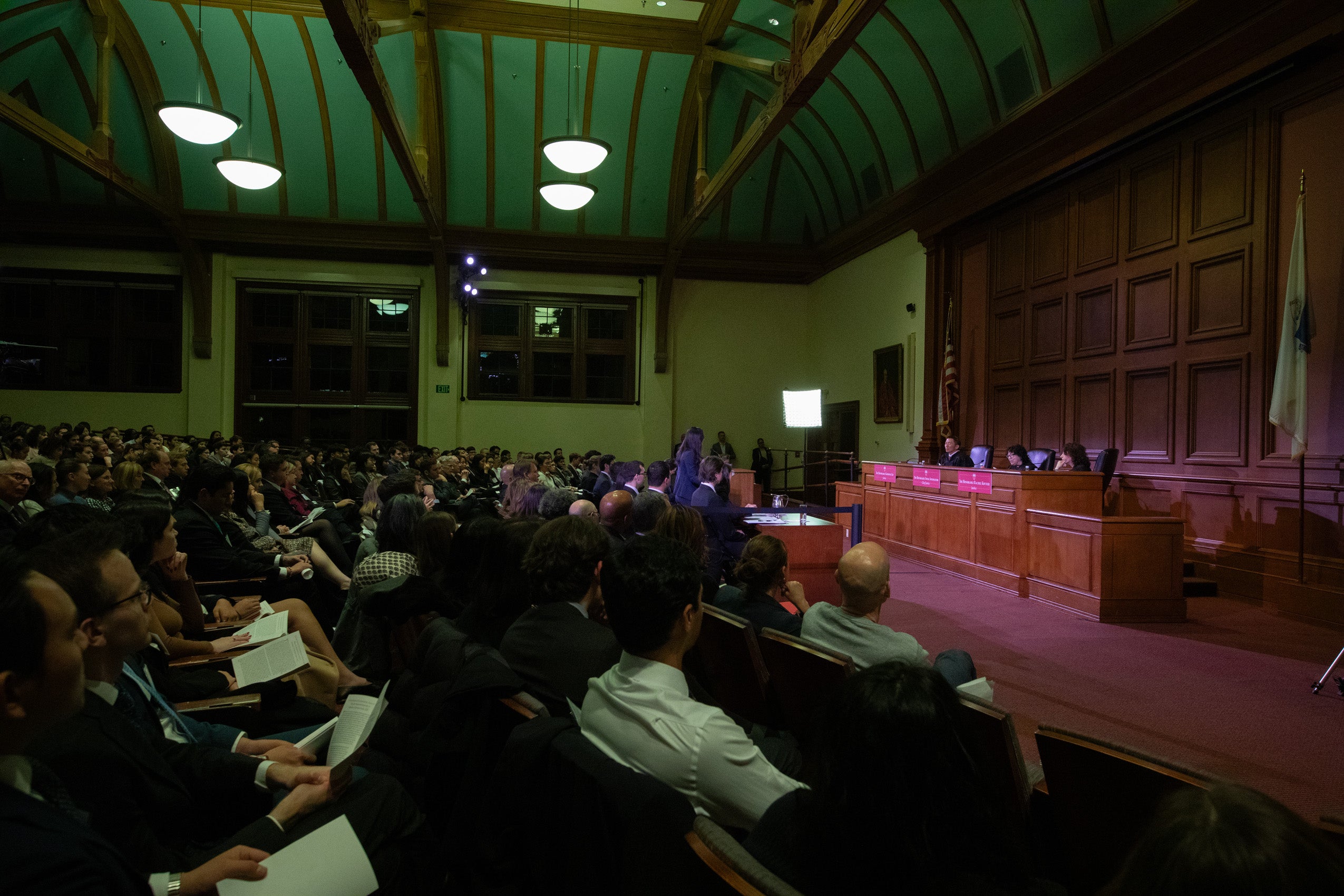

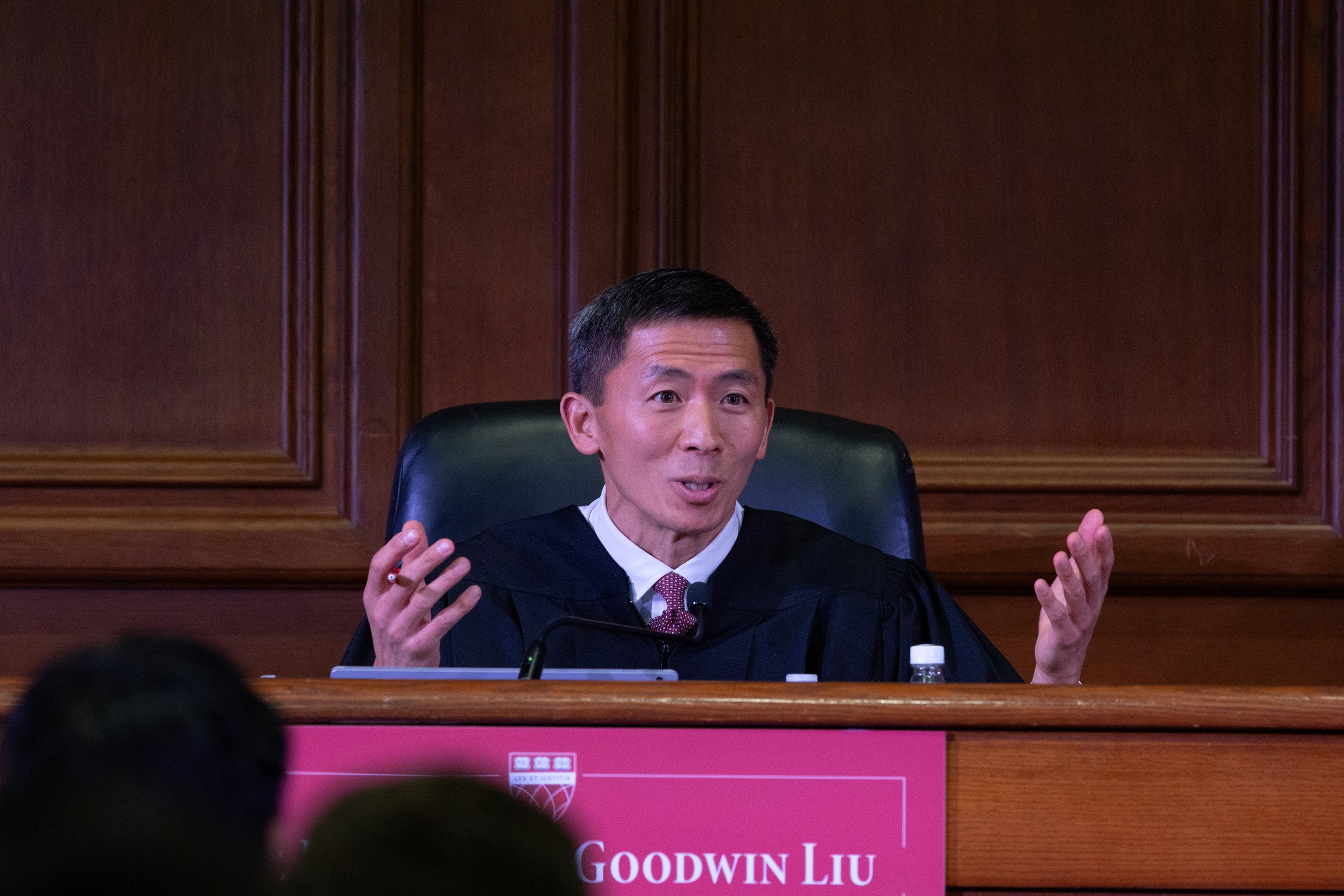
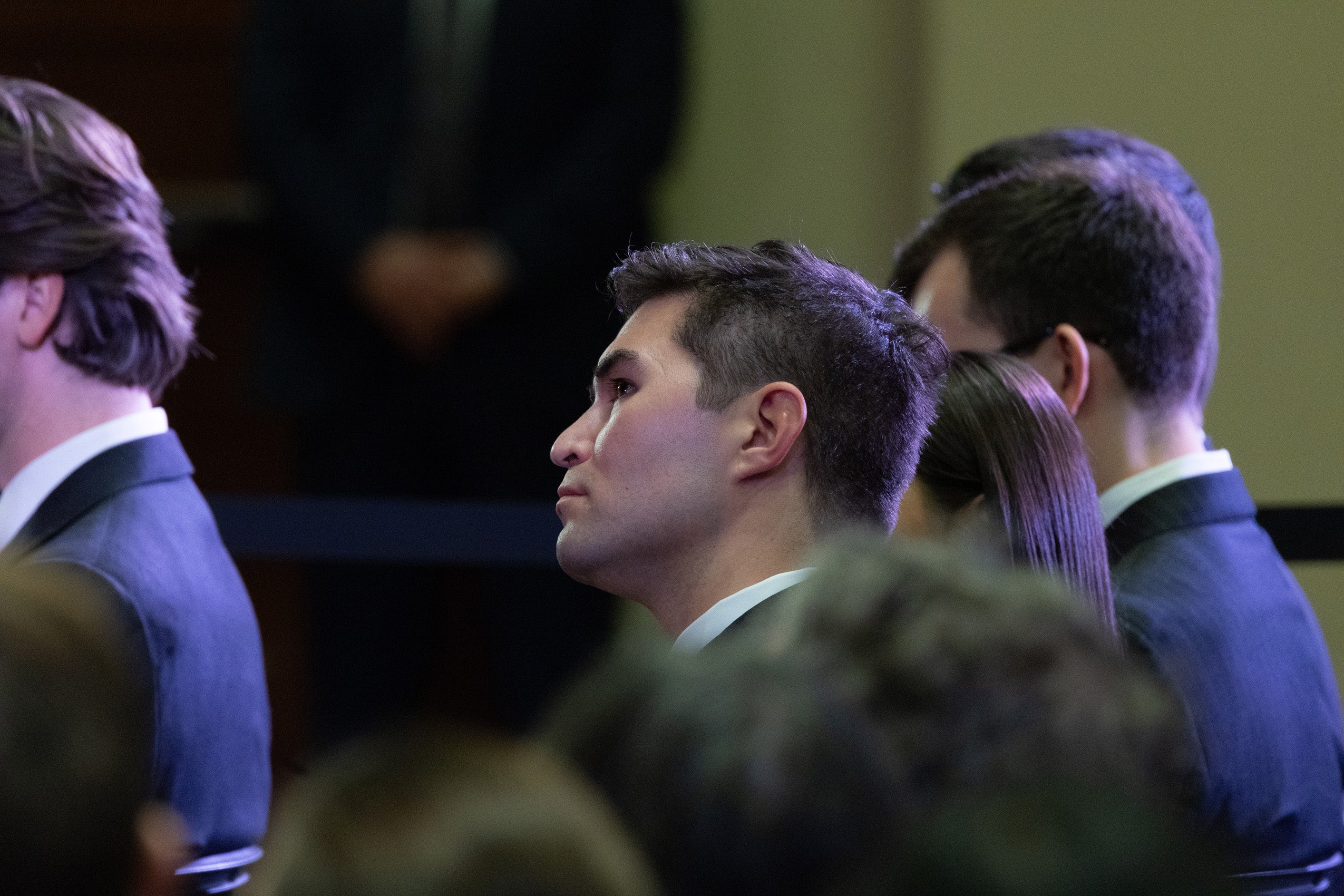
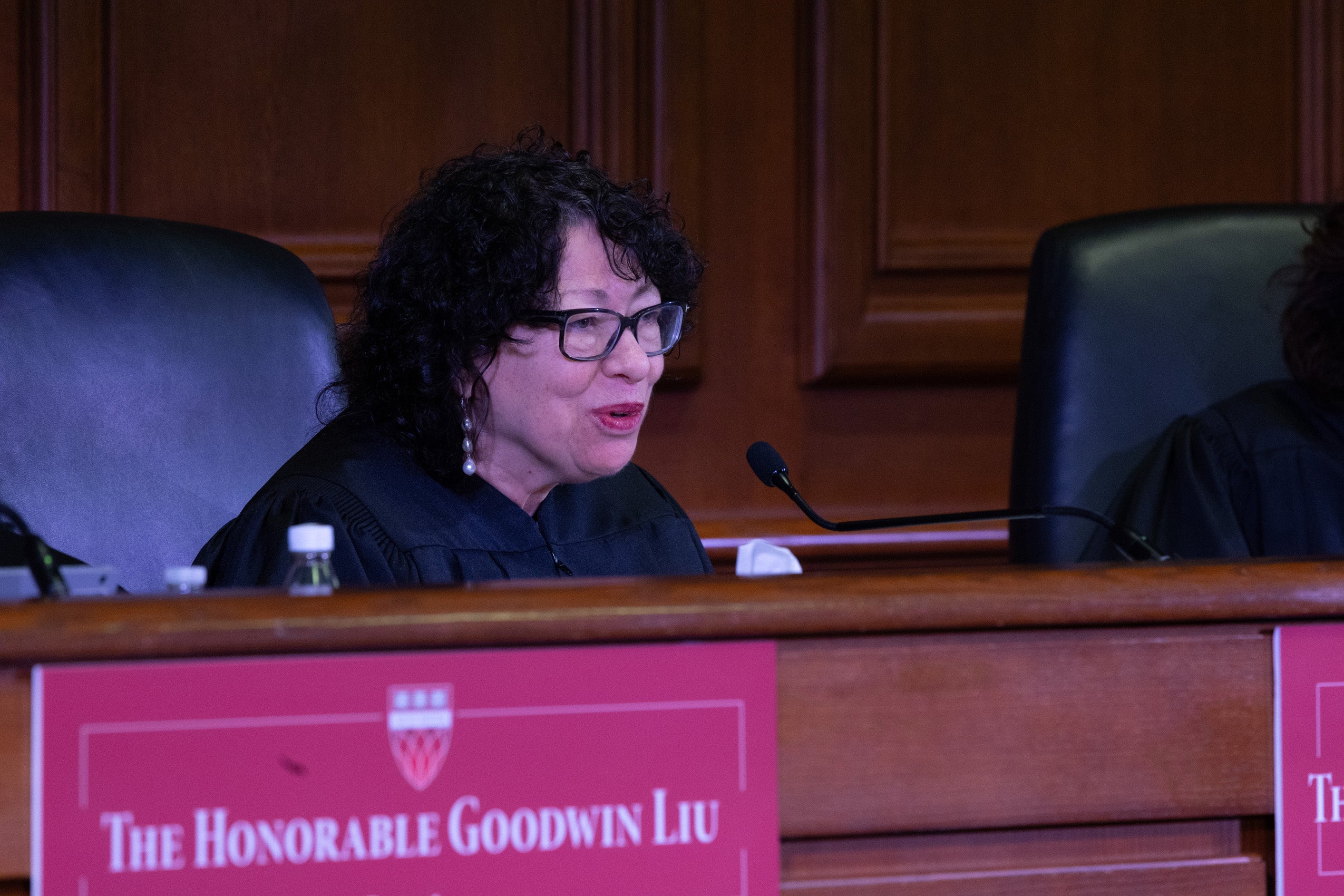

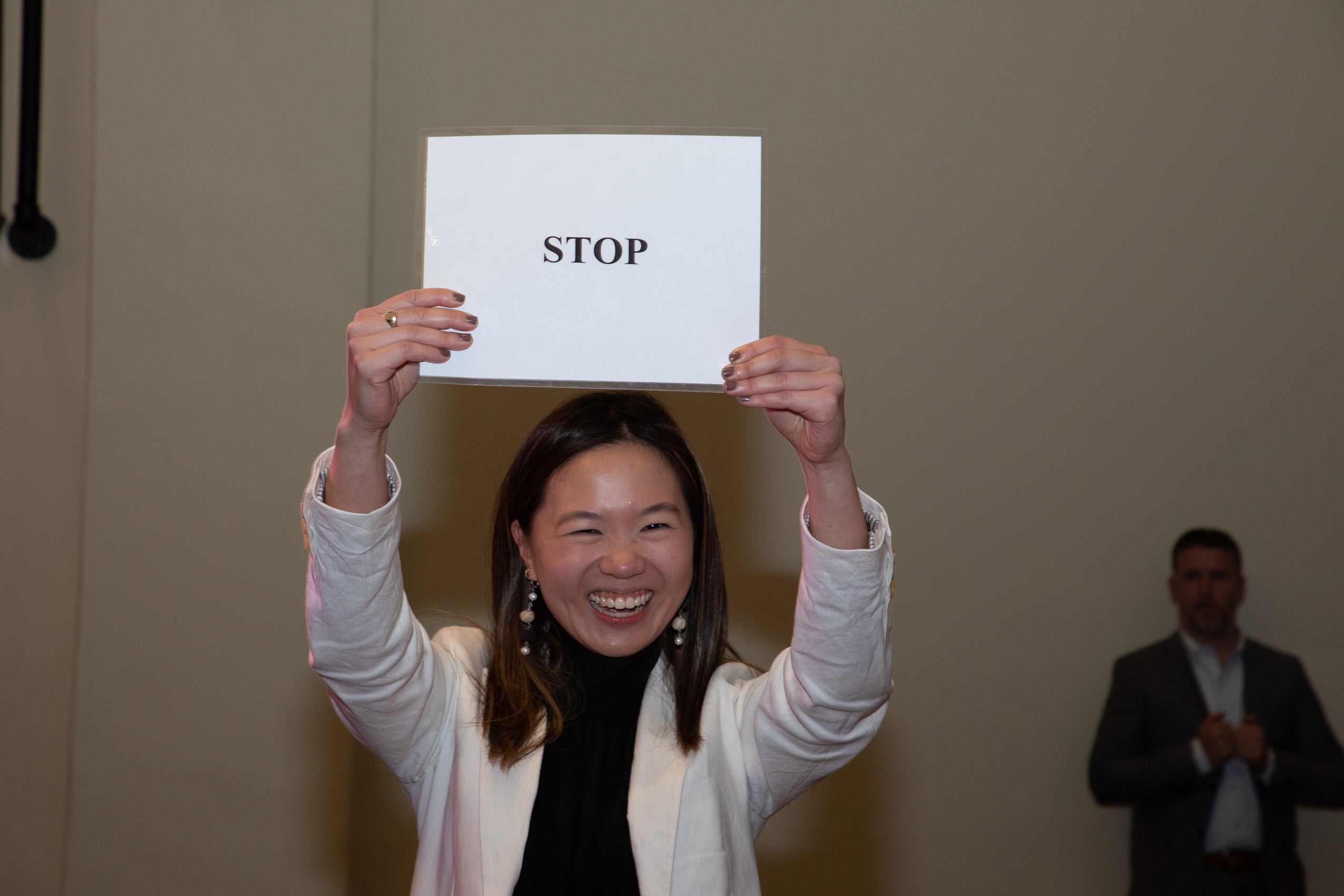

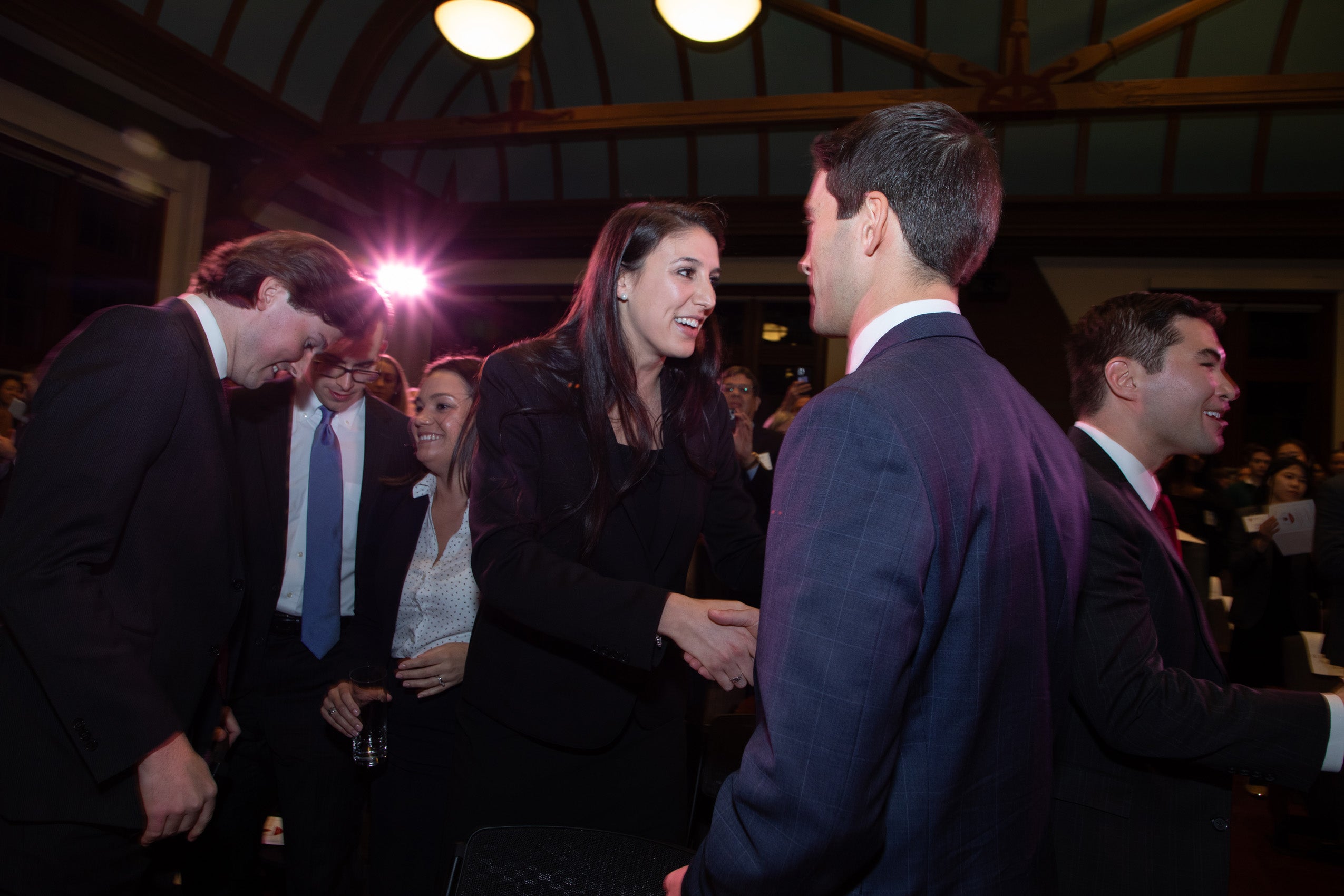
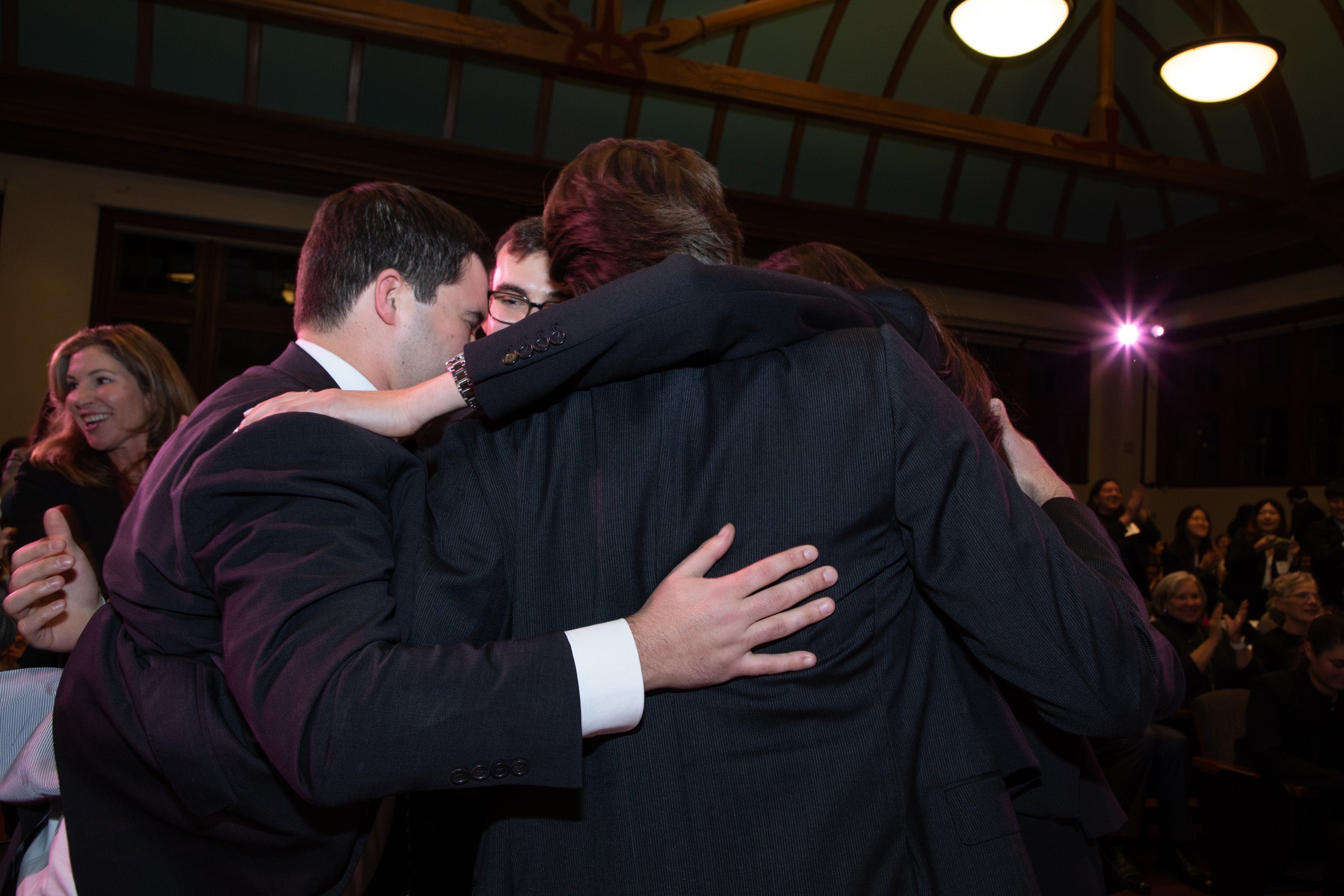
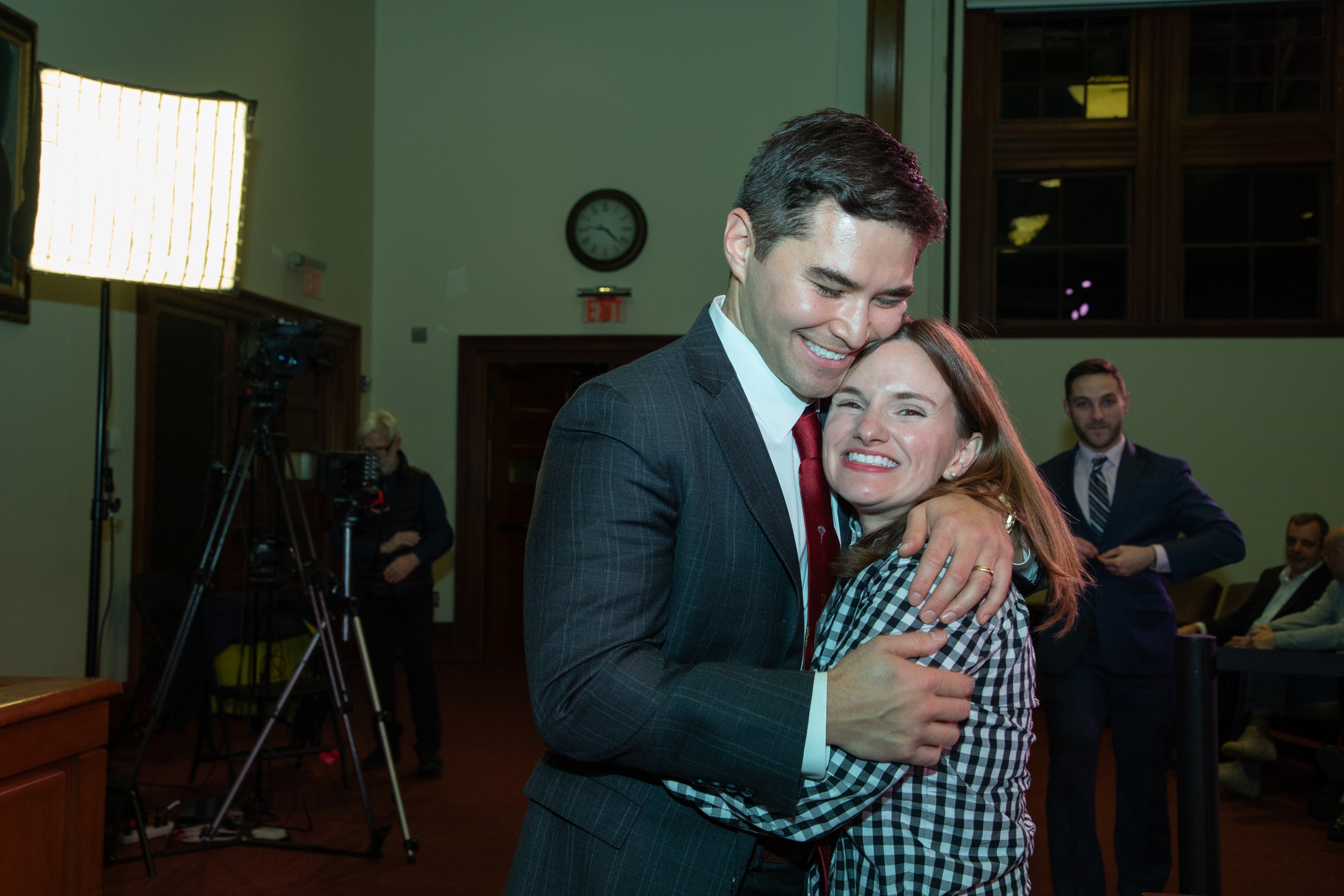
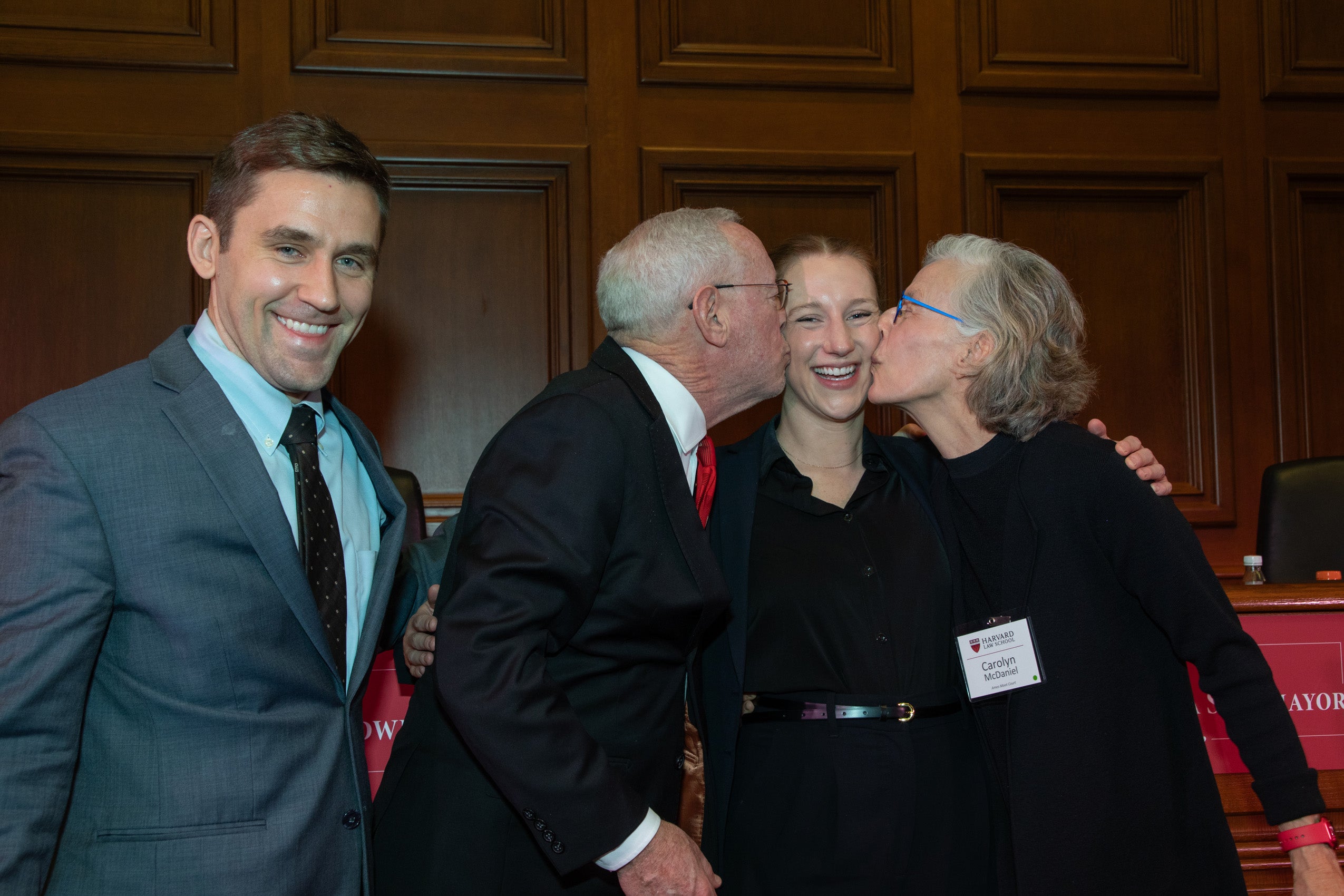
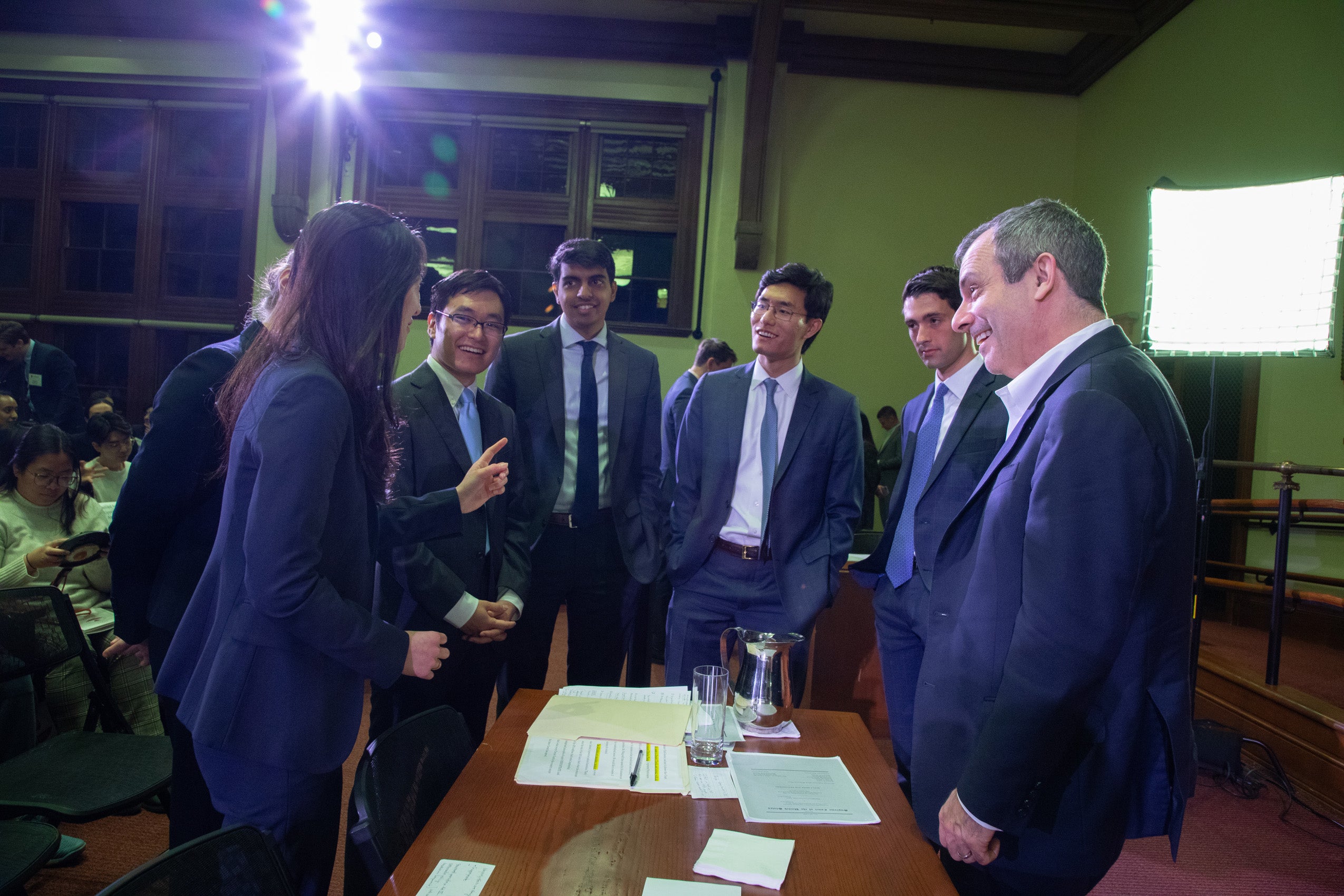
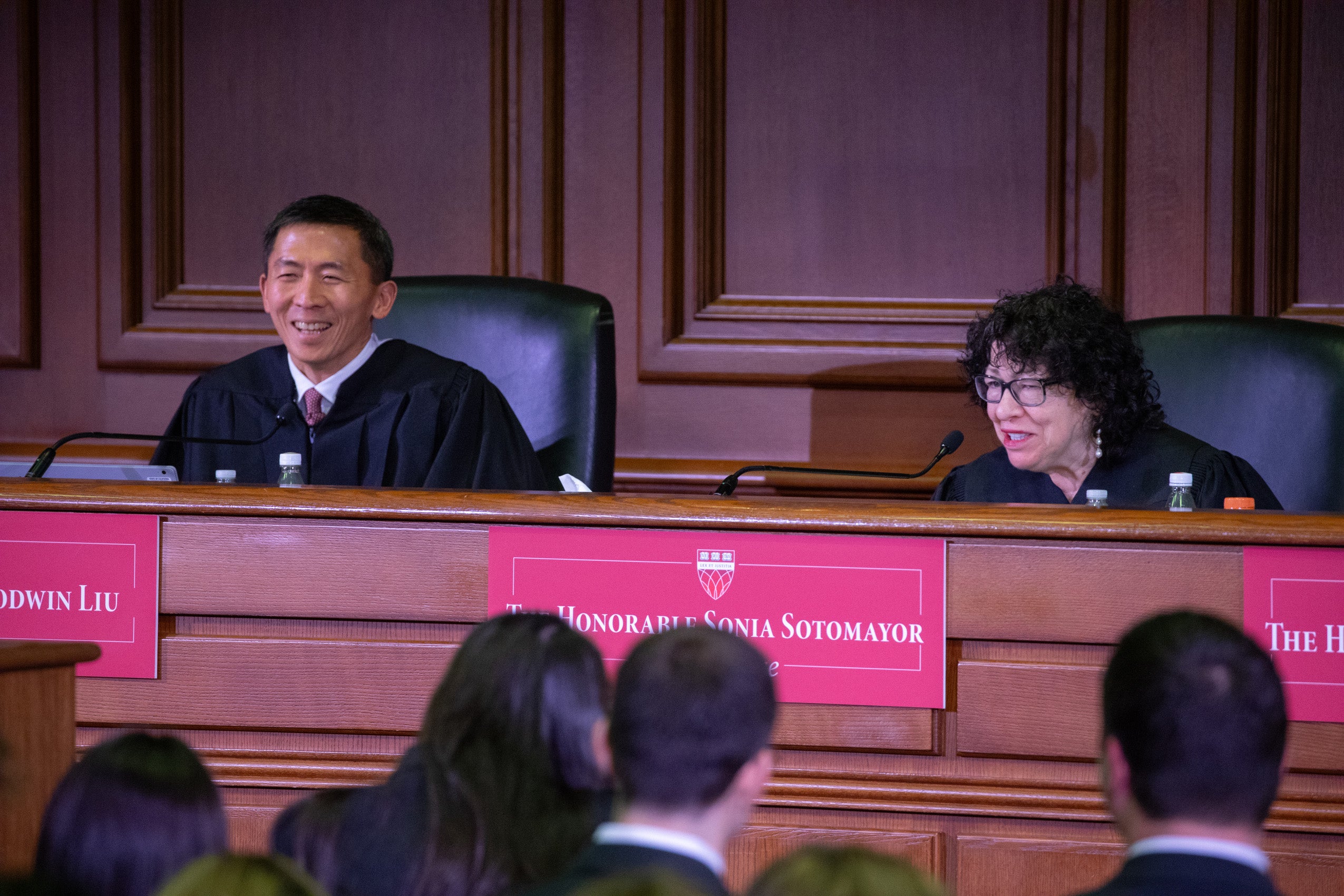
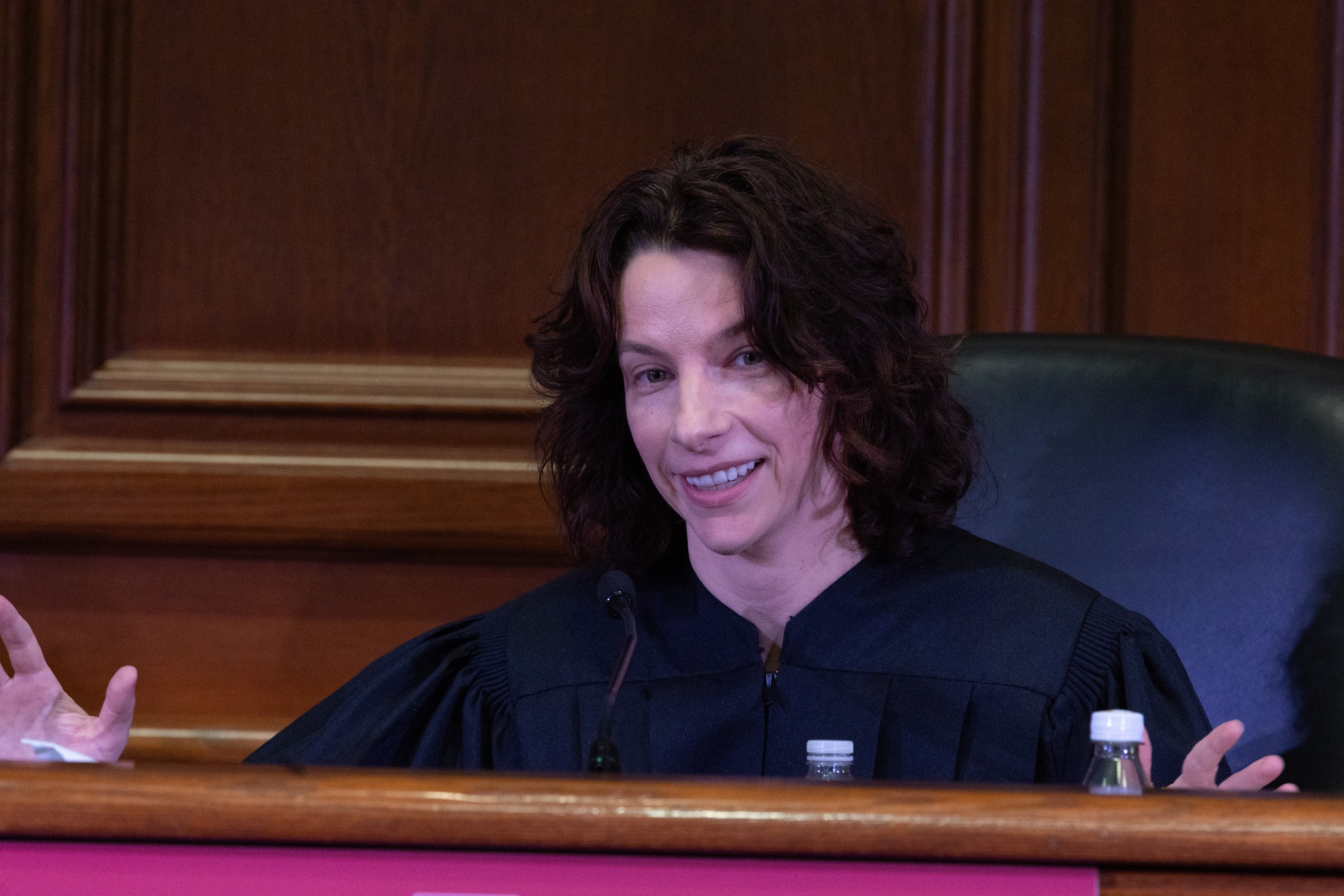
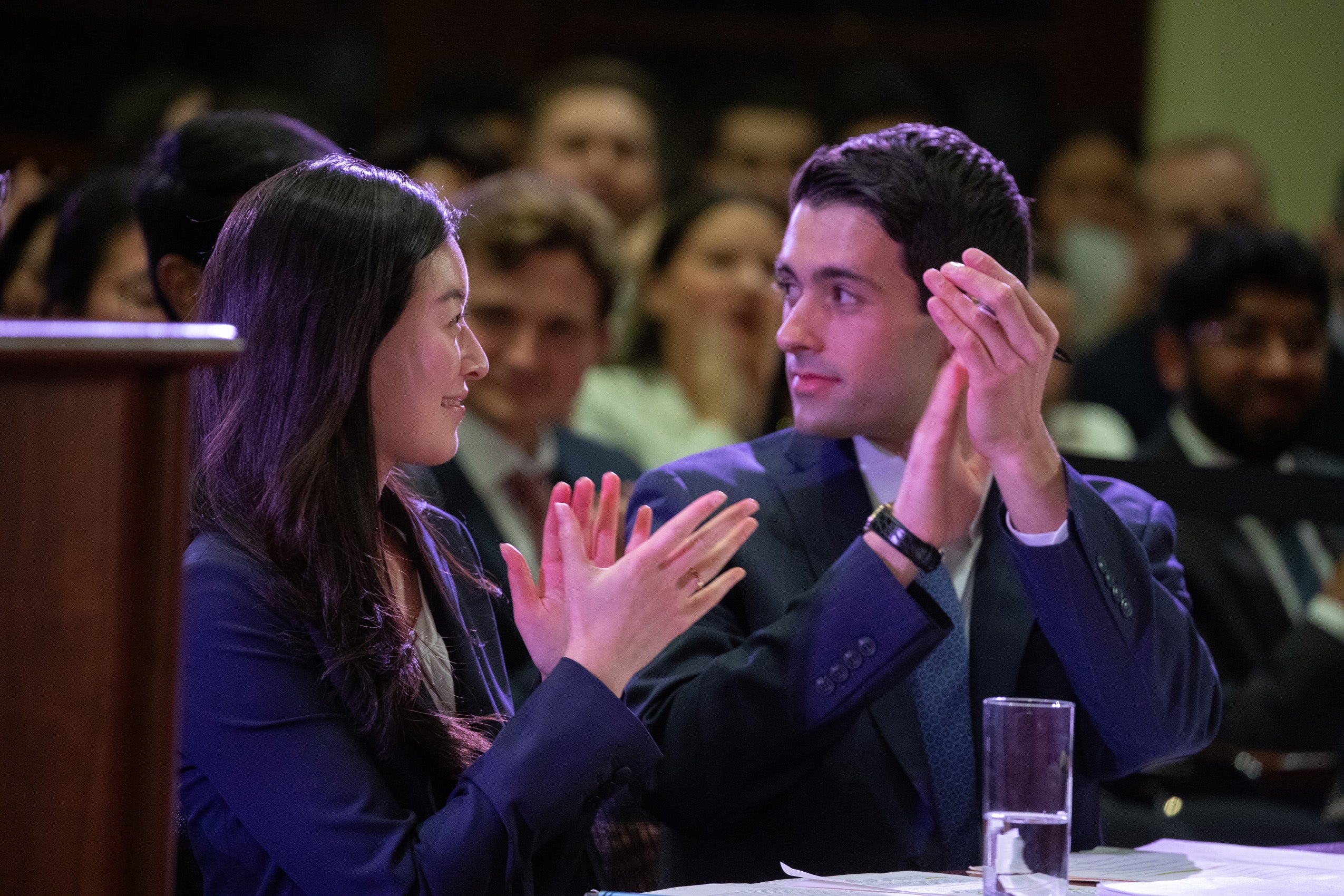
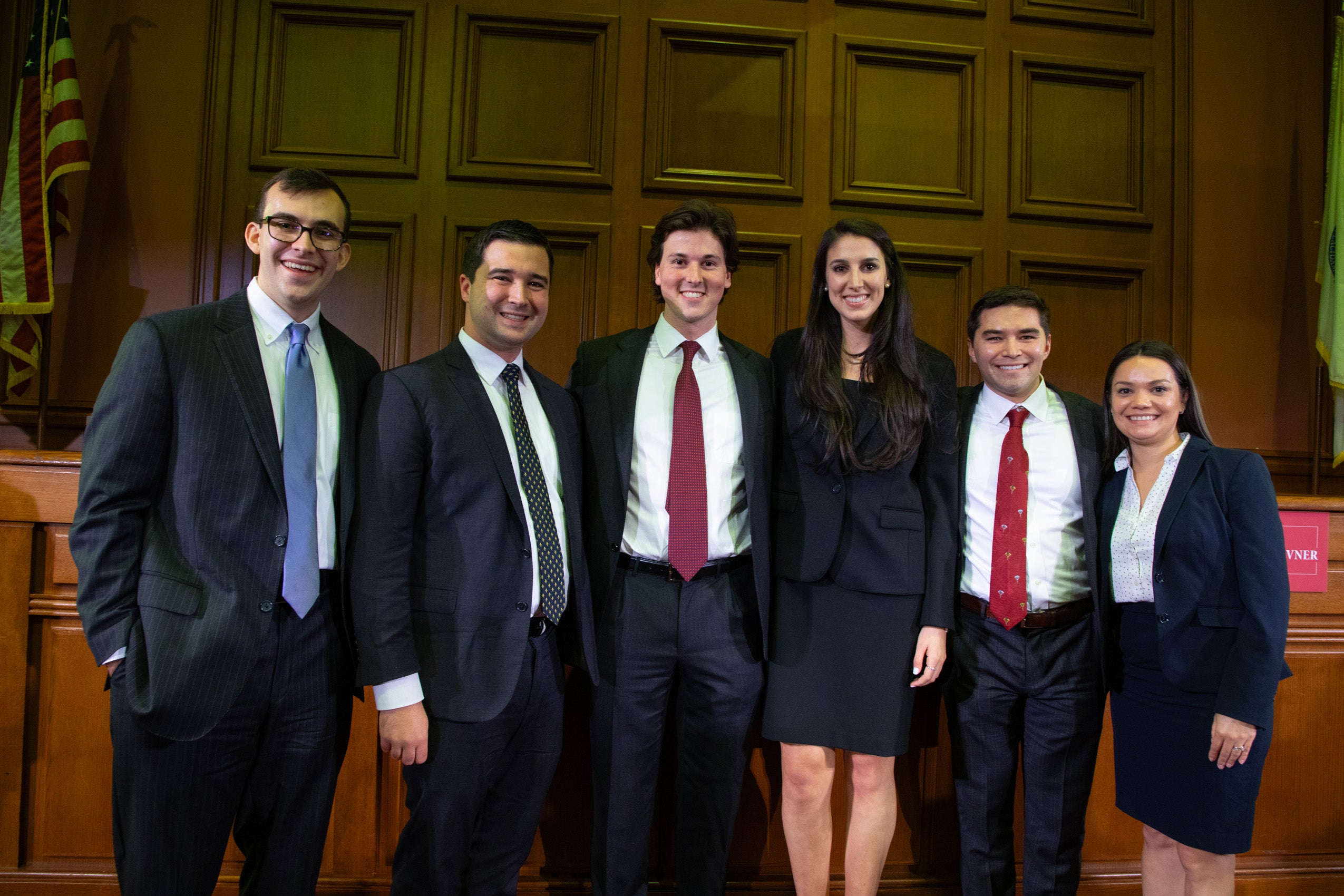
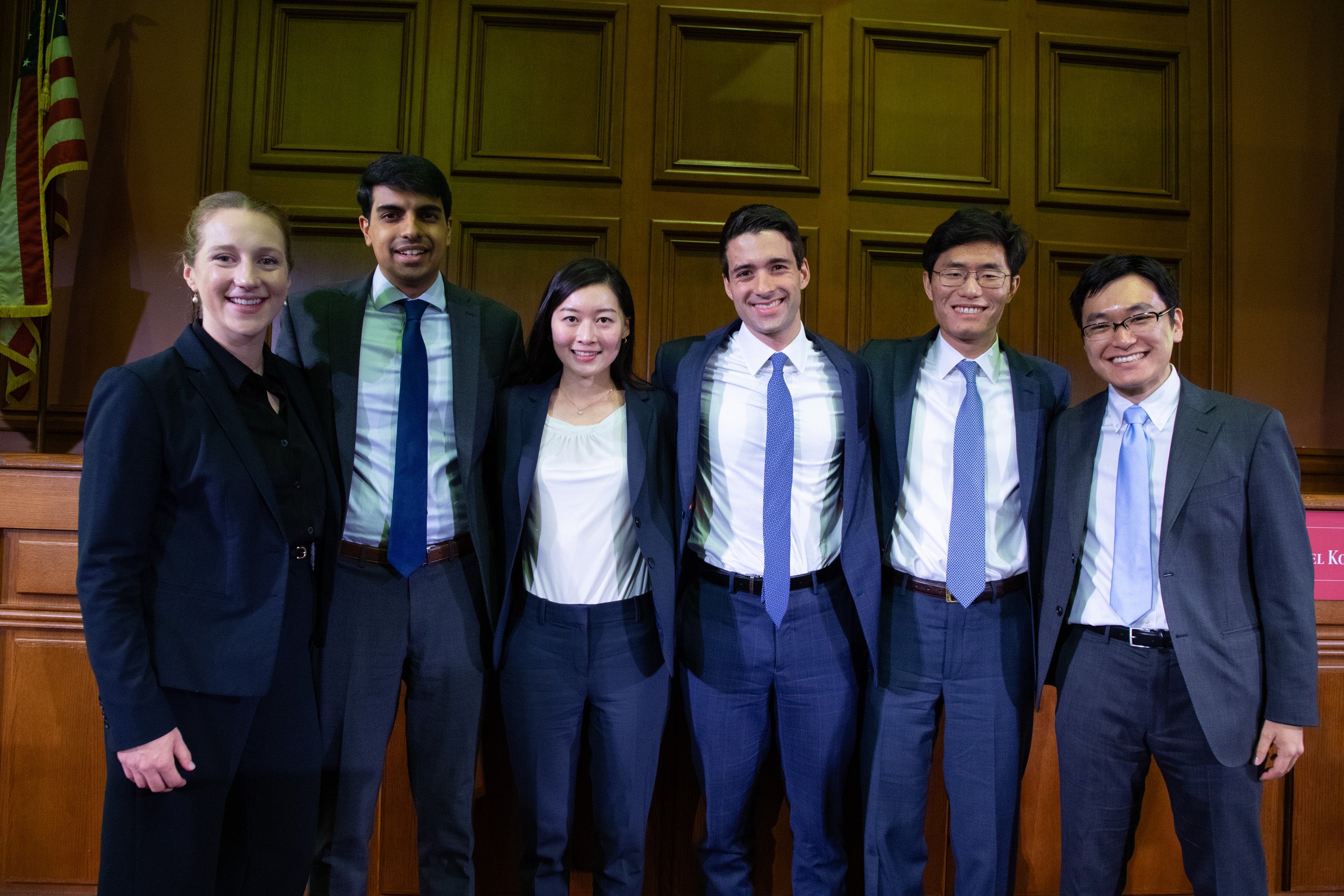

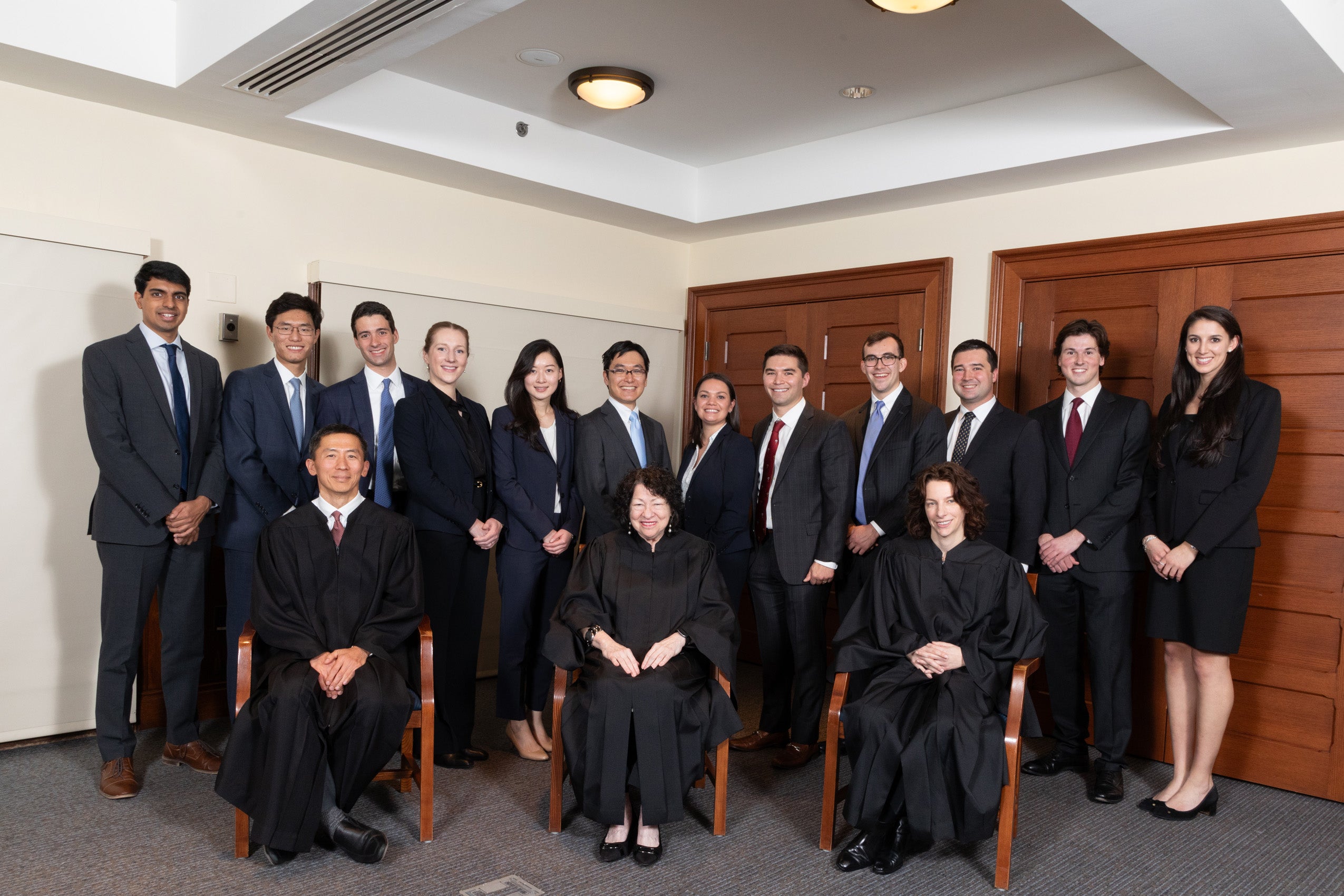
In their initial suit in the district court, the case plaintiffs, Federici Contracting, alleged OSHA exceeded its authority under the OSH Act, 29 U.S.C. §655(b)(7) when it required construction industry employers with more than 100 employees to hire a personal protective equipment coordinator. They sought both injunctive relief and nationwide vacatur of the rule.
The respondents, OSHA, argued that the rule was within its authority and that the court had no authority to vacate it under the Administrative Procedure Act, or APA, an argument which was rejected by the district court, which granted nationwide vacatur of the rule.
In their appeal, OSHA argued that nationwide vacatur was a remedy broader than is contemplated by the law or acceptable under Article III of the Constitution.
By the time the case made its way to the Court of Ames, the questions at stake revolved around whether vacatur — cancellation or annulment — is a lawful remedy for courts when presented with a rule that exceeds the agency’s authority to regulate. And whether, if so, 5 USC Section 7062 violates Article 3 of the U.S. Constitution, by requiring courts to exceed their judicial power.
“Watching the skill of all of you, for me, is inspiring. You keep me doing what I do.”
Supreme Court Associate Justice Sonia Sotomayor
Less than 30 seconds after Patsy Takemoto Mink Memorial Team counsel Daniel Flesch launched his oral argument — stating that the APA doesn’t mandate vacatur in every case and instead preserves judicial discretion — Justice Sotomayor jumped in to ask: “Now counsel, why are we here at all? Why did you wait until the cert position to raise your section 655 F’s argument?” Judges Kovner and Liu quickly joined in with Sotomayor to challenge the team’s oralists to clarify issues of jurisdiction and interpretation.
Thirty minutes later, when Silberman Team oralist Hayley Isenberg rose to present her team’s argument, she was only able to hold the microphone long enough to state her name and who she was representing before Justice Liu jumped in to ask: “So counsel, why would Congress want to write the statute this way?”
And so, the 2023 Ames Moot Court competition began.
In closing the proceedings, Justice Sotomayor praised both teams’ stellar efforts of and said their dedication and willingness to work so hard both impressed and inspired her.
“I don’t do many moots anymore, because it’s a lot of work for us too,” she said. “I continue to say yes on occasion for one very important reason: Watching the skill of all of you, for me, is inspiring. You keep me doing what I do.”
She added: “You have to understand that my work is not easy. And too often, in recent times, it’s difficult. And I need to have my spirits lifted too. And you do that. Watching your devotion to your craft, to learning and mastering and doing presentations that rival what I see before me in Court tells me that we have a younger generation of lawyers who will follow the banner of justice,” she said. “Thank you for the time you spent on this. Thank you for giving me hope.”
Want to stay up to date with Harvard Law Today? Sign up for our weekly newsletter.
